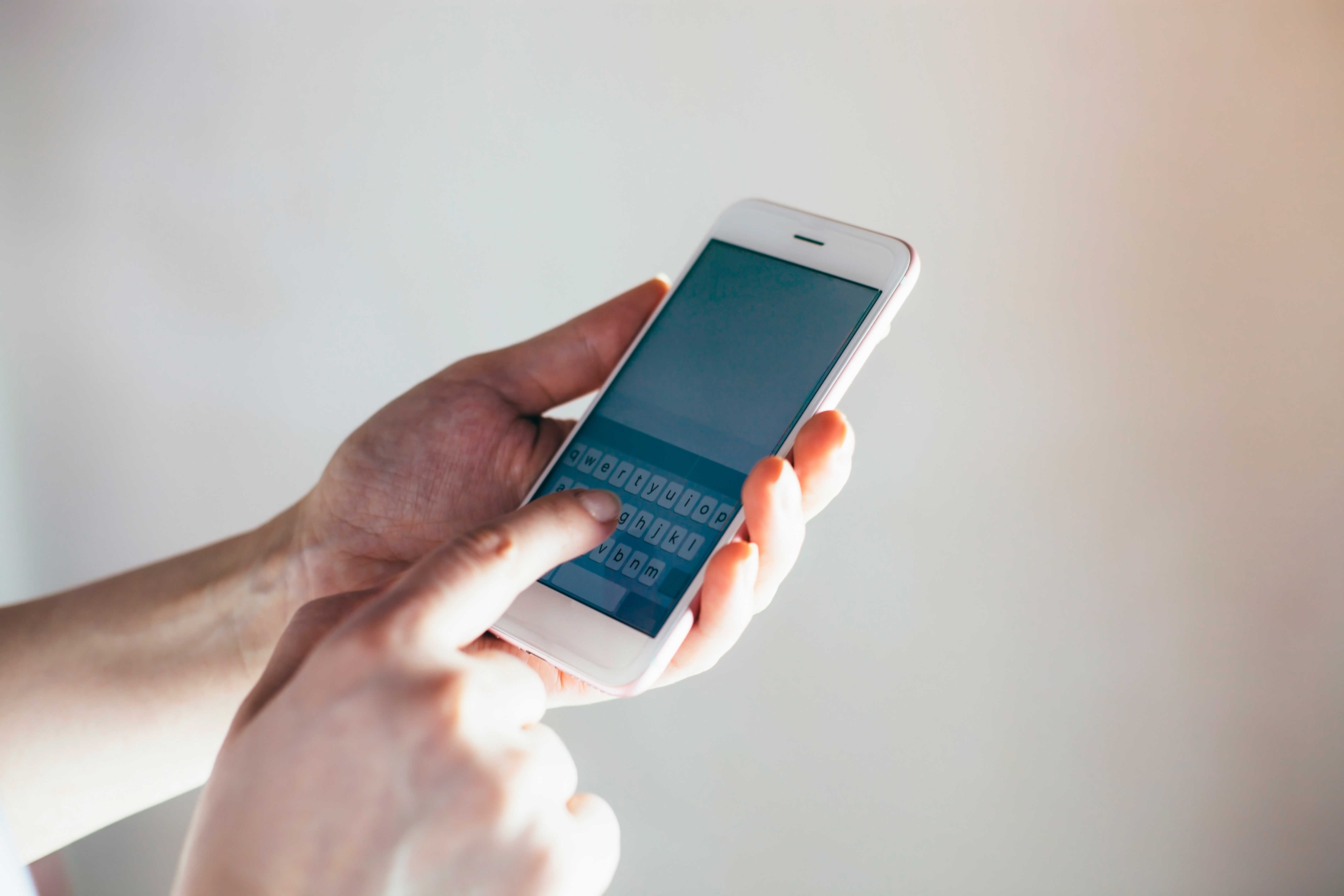Why fax won’t die.
The most prominent method of transmitting secure data in the medical industry is by fax with over 50% of communications still sent over a medium that is as old commercially as the average doctor in the US (~51 years old). This information is usually met with shock, disbelief, and theories of an industry full of chaos where entropy is in full swing. Don’t get me wrong, I love to rag on the archaic nature of the medical industry as much as the next tech genius (yes I am aware I called myself a genius and I am owning it) but this is not the place to do it. As much as it pains me to say it, not only does fax still have a place here, but fax reigns supreme in HIPAA compliant B2B communication.
But Why?
There is no universal exchange for patient data. This was one of the goals of the HITECH Act of 2009. Why this never happened is its own topic that we can explore another time. The important data point here is that there is no universal system and since there is no universal system, disparate systems have been adopted among healthcare providers across the country. As a result, other modes of communication are needed to send data since the adopted systems have no way of communicating. The obvious first thought is email. The problem there is compliance, email does not meet HIPAA compliance so emails would have to be encrypted end to end. Encrypted email exists as a secure document delivery service between trusted parties, but that trust erodes when sending to an organization for the first time. The first reason is that secure email notifications look a lot like spam, so they are either caught in spam filters or people do not open them for fear of comprising their internal networks to a data breach. The second reason is that opening a secure email has a poor user experience. The only option that emerges as a viable solution is the time-tested and HIPAA compliant Fax machine.
There has to be a better way.
Analog fax machines still make up the vast majority of fax traffic in the medical world. The main reasons are tradition and ease of use. eFax is nothing new in fact it is pretty dated (computer based fax debuted in the mid 1980s) which has led to a saturated market of eFax solutions with bad user experiences and questionable HIPAA compliance. The user interfaces are not very modern and the features are limited.
Despite these issues, eFax has the potential to simplify internal workflows. You no longer have to scatter fax machines and telephone lines throughout your office. Document storage is distributed over a digital system, so faxes are easy to access, and communication logs are built into most systems.
The ExamRoom Live pitch
We have taken care of all the hard stuff and have given users a simple experience to send and receive their faxes. We even allow for multiple fax numbers and customizable cover pages so it matches your workflow. It is competitively priced and comes with a number of features that will help your office do more with less.
Watch the 30 Second Demo







Blog comments